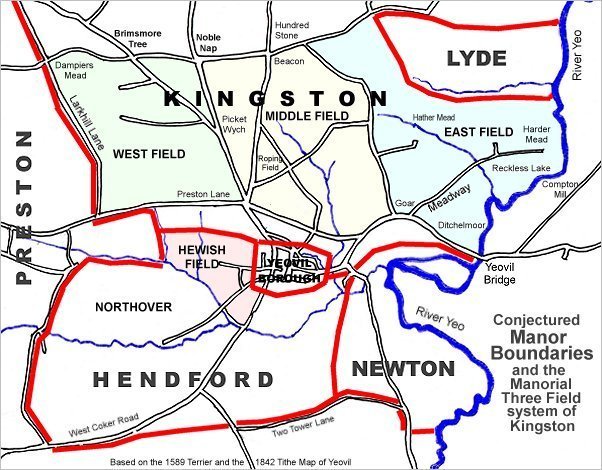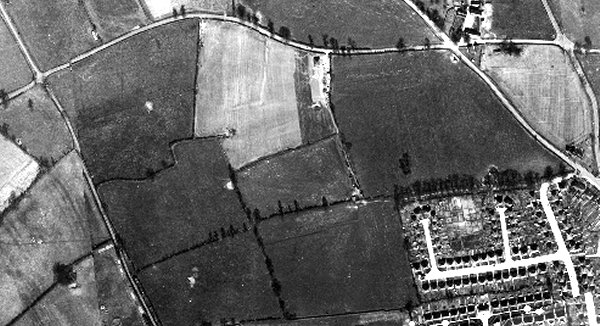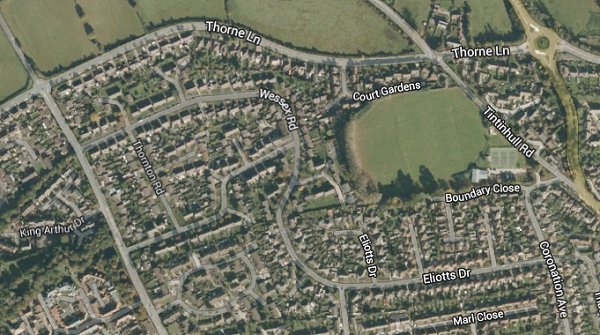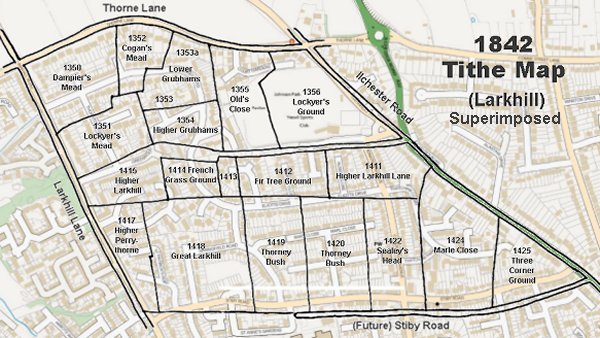higher little larkhill
Higher Little Larkhill
A former part of the great West Field of Kingston Manor
Larkhill, or Great Larkhill, was originally a sub-field, probably a common field, within the great medieval West Field of Kingston Manor. By the end of the eighteenth century it had been broken up into several smaller parcels of which Higher Little Larkhill was one.
Higher Little Larkhill (Parcel 1413) was a field of Larkhill Farm and was a small field lying halfway between Larkhill Lane and Ilchester Road, and at the western end of a field access track called Higher Larkhill Lane that would become today's Boundary Close.
The 1846 Tithe Apportionment note Higher Little Larkhill as 2a 1r 16p and used as pasture for grazing livestock. The Apportionment noted that the owner was William Jones Prowse and the tenant was James Pope.
Higher Little Larkhill was bounded to the north by the field access track called Higher Larkhill Lane, to the west by French Grass Ground (Parcel 1414), to the south by Great Larkhill (Parcel 1418) and to the east by Fir Tree Ground (Parcel 1412).
By 1946 Higher Little Larkhill had been merged with French Grass Ground.
Today the site of the former Higher Little Larkhill is occupied by the houses and gardens of the western end of Eliotts Drive.
For details on historic land measurement (ie acres, roods and perches) click here.
maps

This map, based on the descriptions in the 1589 Terrier and the 1846 Tithe Map of Yeovil shows the approximate boundaries of the Manors of Kingston and Hendford as well as the manorial three-field system used in Kingston.

A conjectural map of the great West Field of Kingston Manor showing ancient sub-fields, most likely common fields, within the overall bounds of West Field.

The Larkhill area reproduced from the 1842 Tithe Map. Higher Little Larkhill (Parcel 1413) is at centre.

The 1946 aerial photograph - but by this time Higher Little Larkhill had been combined with French Grass Ground and Fir Tree Ground.

The same area today 'borrowed' from Google maps.

The 1842 Tithe Map superimposed (slightly out at the bottom) over a modern map.